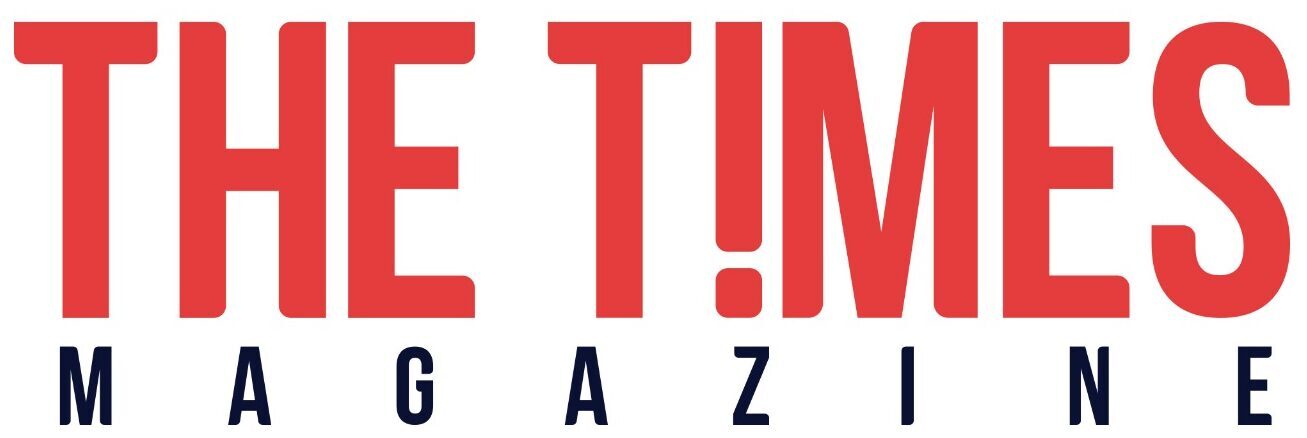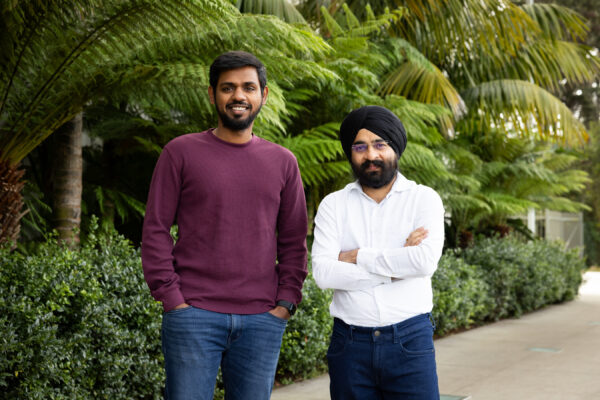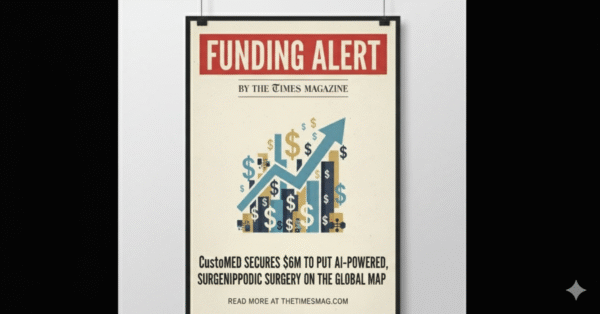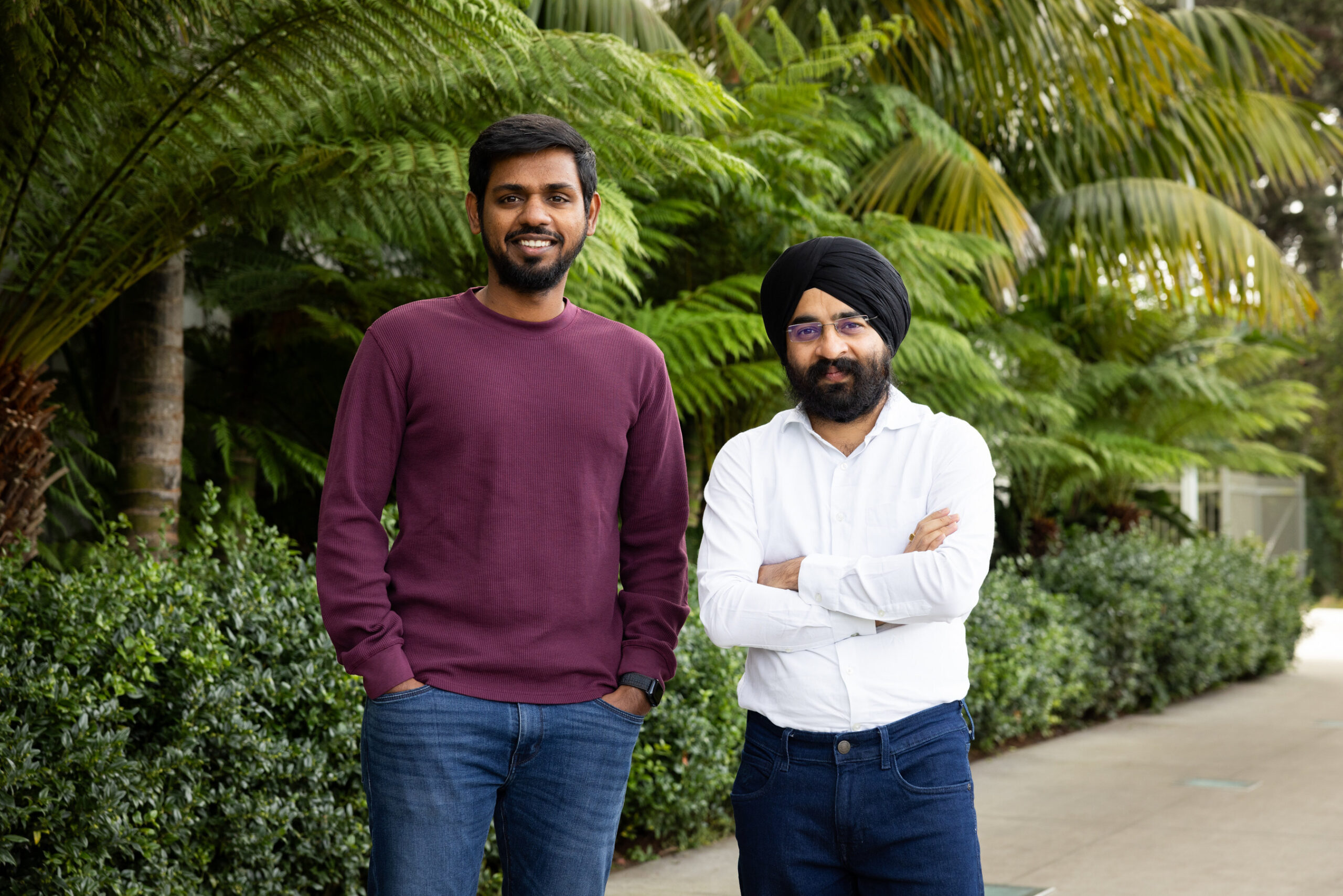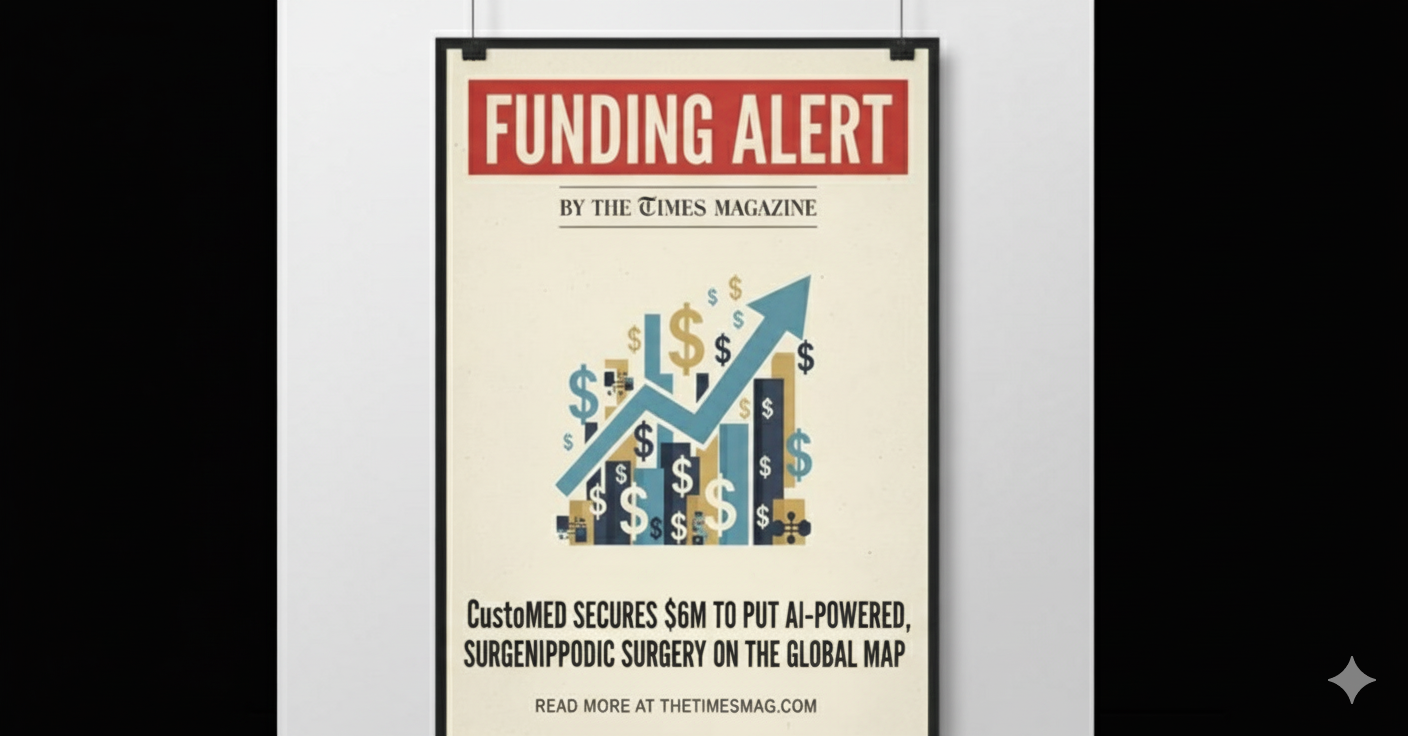In a pivotal moment for neurotechnology, Ampa—a Palo Alto‑based company—has emerged from stealth mode and announced a nationwide rollout of its portable brain‑stimulation platform. The company raised an oversubscribed US$8.5 million funding round, led by Nexus NeuroTech Ventures, with participation from Satori Capital, Morningside Ventures, Continuum Health Ventures, the Zabara Foundation and individual investors.
The company’s flagship device—the Ampa One system—is cleared by the Food and Drug Administration (FDA) for the treatment of adult patients with major depressive disorder who have not responded to antidepressants. The unit is designed for portability: fitting into two wheeled suitcases, enabled with camera‑guided neuronavigation, and built for ease in clinic settings.
“Our industry has never been more depressed yet more medicated. People deserve new options,” said Don Vaughn Ph.D., CEO of Ampa. “Ampa One was built to give clinicians a practical, portable, affordable tool that expands patient access to this lifesaving technology.”
In addition to the hardware, Ampa is developing a fast‑acting treatment protocol—marketed as the “Ampa One Day” approach—that condenses what previously required multiple weeks of sessions into a single‑day therapy.
Investors see more than hardware—they see systems and scalability. “Ampa is setting a new standard for what neuromodulation can look like in clinical practice,” said John Propst Ph.D., MBA, Principal at Nexus NeuroTech Ventures. “We’re proud to support a company that is delivering both scientific innovation and operational scalability at the same time.”
Editorial perspective
What’s compelling here is how Ampa intersects three accelerants: the mental‑health care gap, the rise of neurotechnology, and the demand for more scalable treatment models. The standard‑of‑care in TMS (transcranial magnetic stimulation) has been bulky equipment, long session protocols and high cost—barriers that Ampa explicitly addresses. By making its system portable and subscription‑friendly, the company is aiming to shift TMS from a specialty clinic niche to a broader clinical tool.
The market opportunity is substantial. Depression, anxiety and related disorders affect hundreds of millions globally. As TMS moves from “last‑resort” therapy to earlier‑line intervention, companies that simplify deployment and reduce cost stand to capture meaningful share. For Ampa, success will hinge on three fronts: reimbursement (insurance coverage), clinic adoption (training, workflows), and clinical outcomes (efficacy and speed).
From a company potential viewpoint, the US$8.5 million raise is a modest starting point—but perhaps appropriately so given the regulatory, clinical and go‑to‑market complexity. The standout is the strategy rather than the size of the funding: by embedding TMS in more settings (satellite clinics, telemedicine‑enabled hubs), Ampa may create a network effect. If Ampa’s “One‑Day” protocol delivers on its promise, this could redefine expectations for treatment timelines. However, the challenge remains: scaling operations, proving durability of remission, and fending off both legacy large‑kit TMS suppliers and emerging neurotech competitors.
If you need further assistance or have any corrections, please reach out to editor@thetimesmag.com.
